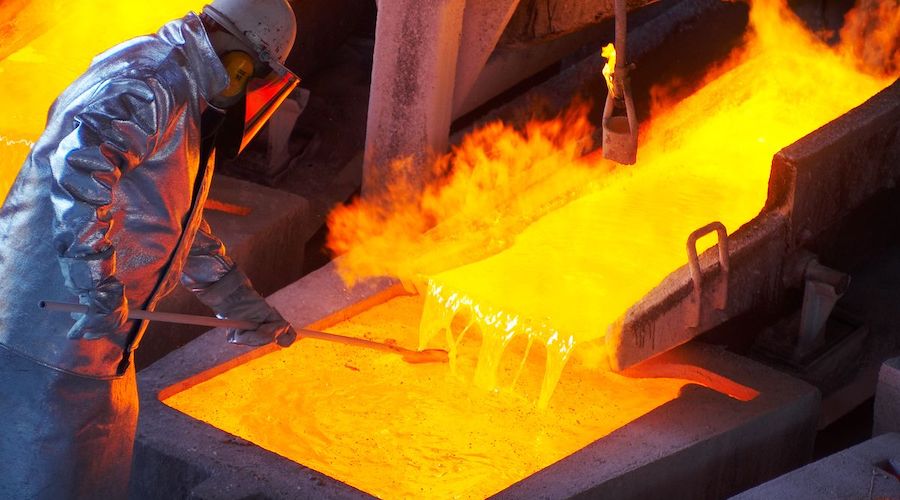Column: Global miners rank ESG as their top concern. Really?

(The opinions expressed here are those of the author, Clyde Russell, a columnist for Reuters.)
Environment, social and governance (ESG) issues are the top concern of global miners, knocking out commodity price risk for the first time, according to a new survey.
KPMG said it was a “significant milestone” as ESG for the first time topped the list of industry risks in its 12-year-old Global Mining Outlook.
While commodity price risk dropped to second place, another issue closely related to ESG, namely community relations and social license to operate, came in the third spot.
Rounding out the top five risks were political instability and nationalization at number four, and global trade conflict at number five.

The top five risks for global miners neatly encapsulate the short-term issues as well as the overarching long-term factor of addressing climate change and decarbonization.
The question that executives should be answering is how they are preparing their companies to deal with the longer-term risks.
KPMG points out that addressing the challenges brings opportunities to “invest in innovative ways and adapt at a faster pace.”
The survey, released on Tuesday, shows that 72% of mining executives agree or strongly agree that “ESG will be a cause of major disruption in the industry over the coming three years.”
If mining executives really believe this, it seems somewhat strange that they have to yet to re-organise and re-orientate their management structures and efforts to reflect that view.
Not one of the biggest listed Western mining companies has an executive with the title of chief ESG officer, and only one has a person with a somewhat similar title.
While some of the companies do have executives tasked with ESG, they also tend to have several other responsibilities, which raises the question of how much of their time and effort goes into ESG.
Low-profile leaders
For example, BHP Group, the world’s biggest mining company, has Caroline Cox listed on its website as chief legal, governance and external affairs officer, a position she assumed in November 2020.
It’s interesting that her legal role takes precedence in the title, and it’s also worth noting that Cox has what at best could be described as a very low profile on social media.
An internet search of her name reveals only a small number of articles, mostly about her appointment and certainly very little on her role in preparing BHP to meet the challenge of ESG.
At Rio Tinto, it’s much the same story, with the company website not listing an executive with specific ESG responsibilities, the closest being Isabelle Deschamps, who is a chief legal officer and external affairs.
Appointed in November 2021 after Rio’s reputation took a severe blow when it destroyed ancient Aboriginal caves in Western Australia state, Deschamps also has a low social media and internet profile.
Glencore doesn’t list any executive responsible for ESG on its management team, while Brazil’s Vale appears to split the responsibility between two of its executives, although it does list Maria Luiza de Oliveira Pinto e Paiva as executive vice president of sustainability.
Among the top miners, perhaps the executive with the highest profile is Anglo American’s Anik Michaud, the group director of corporate relations and sustainable impact.
But while she has more of an active presence on such social media sites as Twitter and LinkedIn, she doesn’t appear to be a leading contributor to the ESG debate.
Rather, ESG issues in the major miners are largely left to the various chief executives, as when several committed their companies to reach net-zero carbon emissions by 2050.
But these undertakings are often criticized as vague and lacking a clear path of firm commitments over specified time periods.
Overall, while the internal workings of individual mining companies will differ, it doesn’t appear that the majors have aligned their management structures and efforts with what they have told KPMG is their top concern.
It’s not that mining companies don’t have good stories to tell. After all, they will be responsible for producing the raw materials, such as copper, nickel, and lithium, needed for the global energy transition.
But perhaps they should be leading the discussion on how to boost production while at the same time decarbonizing their operations.
(Editing by Bradley Perrett)
{{ commodity.name }}
{{ post.title }}
{{ post.date }}

Comments